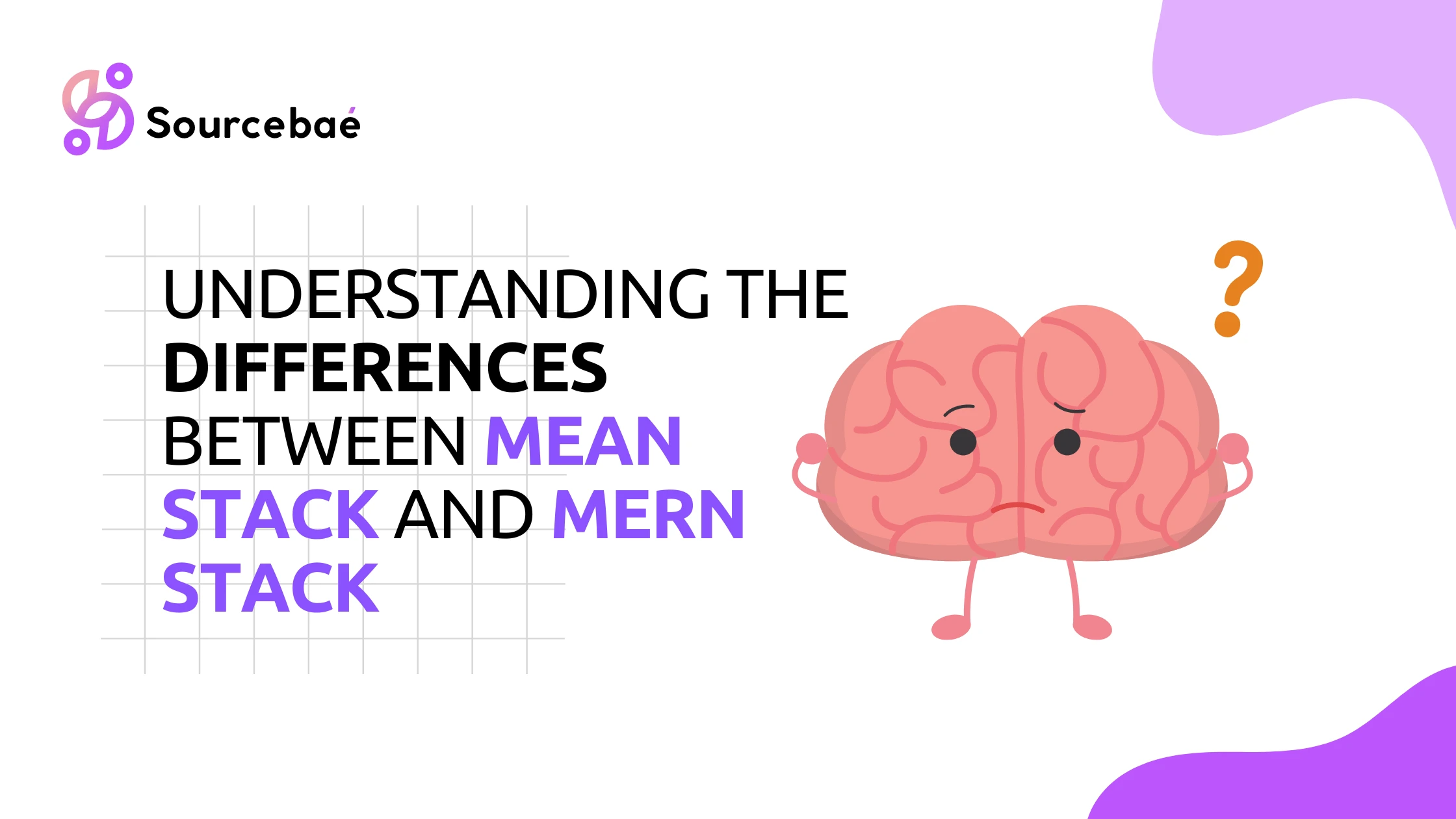Web development has evolved over the years, and developers have embraced many frameworks and technologies to build robust applications. Two of the most popular full-stack web development frameworks that have gained momentum in recent years are the MEAN stack and MERN stack.
Both frameworks use JavaScript, making them a favorite for many developers. However, there are notable differences between the two.
Introduction to the MEAN Stack
MEAN stack is an acronym for MongoDB, Express.js, Angular, and Node.js. MongoDB is a document-oriented NoSQL database that allows for easy scalability and integration with various web applications.
Express.js is a backend web framework used for building RESTful APIs, while Angular is a front-end JavaScript framework used for building dynamic and interactive web applications. Node.js is a cross-platform runtime environment used for building server-side applications.
Introduction to the MERN Stack
On the other hand, MERN stack stands for MongoDB, Express.js, React, and Node.js. MERN stack and MEAN stack are almost similar, with the only difference being that MERN stack uses React instead of Angular. React is a popular front-end JavaScript library used for building user interfaces and dynamic web applications.
Advantages of the MEAN Stack
One of the primary advantages of using MEAN stack is that Angular offers a wide range of features and functionalities for building complex and dynamic web applications. Angular has a steep learning curve but offers many out-of-the-box features such as templates, dependency injection, and components, making it easy to develop scalable applications.
Additionally, the MEAN stack offers the ability to use a single programming language, JavaScript, throughout the stack, making it easy to maintain and deploy applications.
Advantages of the MERN Stack
MERN stack, on the other hand, has gained popularity due to its powerful front-end library, React. React offers high-speed rendering and virtual DOM, making it possible to build real-time web applications with minimal resources.
It also provides a robust set of tools and components, allowing developers to create custom components and reusable code. With MERN stack, developers can leverage the flexibility and scalability of MongoDB and Node.js to create high-performance web applications.
Choosing Between MEAN and MERN Stacks
In conclusion, the choice between MEAN stack and MERN stack ultimately depends on your project requirements and your team’s expertise. If you’re building complex web applications that require scalability and dynamic features, MEAN stack is a good choice.
However, if you’re building real-time web applications that require high-speed rendering and interactive user interfaces, MERN stack is a better fit. Either way, both frameworks offer a robust set of tools and functionalities for building powerful web applications.
If you’re looking to build complex and dynamic web applications, consider hiring a skilled MEAN stack developer who can leverage the power of Angular, MongoDB, Express.js, and Node.js.





